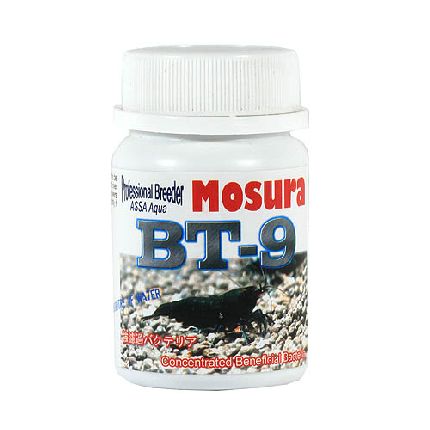
| |
4 Pneumonia refers to inflammation of the lungs. This is one of the most serious infectious diseases. Disease becomes rampant, if both lungs affected, this condition is called double pneumonia in common parlance. Cold in the head or throat, chills fever
In most cases, pneumonia begins with a runny nose or throat. The patient generally feels chill, shivering fever, difficulty breathing and severe chest pain. This may be accompanied by a cough with sputum pink, which can later become brownish. In young children the disease may cause delirium and convulsions. Temperatures can rise to 40. 6 With the degree of momentum and can go up to 150 beats per minute. Frequent complication of pneumonia, pleurisy. Pneumonia caused by different types of bacteria such as streptococci, staphylococci, pneumococci and. Occasionally, some viruses also responsible for the disease. Other causes are fungal infection, irritation, worms, inhaling strattera side effects foreign matter, irritant dust or noxious gases. The real cause of pneumonia, however, the constitution has weakened the presence of toxins in the body, especially in the lungs and airways. The accumulation of toxins due to wrong eating habits and lifestyle wrong. In the early acute stage of pneumonia, fenugreek tea seeds help the body to produce perspiration, dispel toxicity and shorten the period of fever. Up to four cups of tea can be taken daily. The number may be reduced as condition improves. To improve the taste of tea, a few drops of lemon juice can be added. During this treatment, no other food or food should be taken, as fasting and fenugreek will allow the body to correct these respiratory problems for several days. Garlic is an excellent remedy for pneumonia, if given in sufficient quantity. This reduces the temperature, pulse and respiration within forty eight hours. Pasta Garlic can also be applied topically to the chest positive results, as it is annoying and causes flushing of the skin sesame seeds >> << play an important role in pneumonia. Infusion of the seed can be done, dipping 15 g seed in 250 ml of water. This infusion, mixed with a tablespoon of flax, a pinch of salt, and dessert spoon of honey, should be given to treat the disease. This will help remove catarrhal matter and phlegm from the bronchial tubes. Parsnip juice, root vegetable known as botanical sativa Pastinaca, was found useful in the treatment of pneumonia. Juice of leaves and roots of this plant have a high therapeutic value. Phosphorus and chlorine, it contains elements are especially useful for lung and bronchial system, making the juice an excellent tool for building pneumonia. The patient should take 250 ml of juice per day. This, however, it is important that only the juice of parsnip cultivated plants should be used for this purpose. Wild type should not be used in juices as it contains toxic substances. Carrot juice in combination with spinach or juice, or beet and cucumber juices may also be useful in pneumonia. In these combinations, 200 ml of spinach juice or 100 ml of beet and cucumber juices should be mixed with 300 ml of carrot juice to prepare 500 ml or half a liter of juice in combination. The pain of pneumonia can be relieved by rubbing turpentine on the chest and packing wool heated over it. At the beginning of treatment the patient should be on a diet of raw juices five to ten days, depending on the severity of the disease. He should take a glass of fruit or vegetable juice diluted with warm water every two or three o'clock. After a diet of raw juices, when the temperature drops, the patient has three or four days on an exclusive fresh fruit diet with three meals a day of juicy fruits. After that, he may gradually adopt a balanced diet of natural foods with an emphasis on fresh fruits and raw vegetables. The patient should notify water daily enemas for bowel cleansing in the period crude juice therapy and all-fruit diet, and when necessary. .




